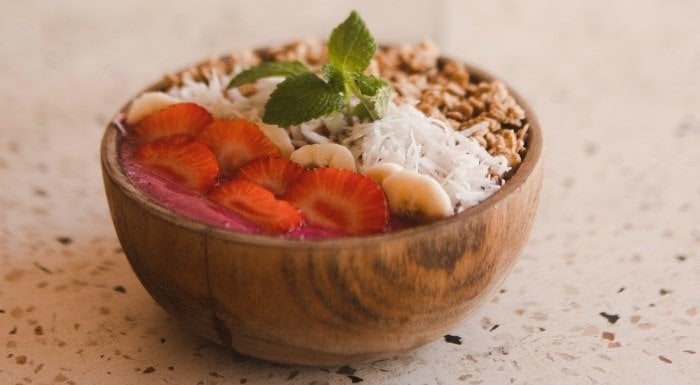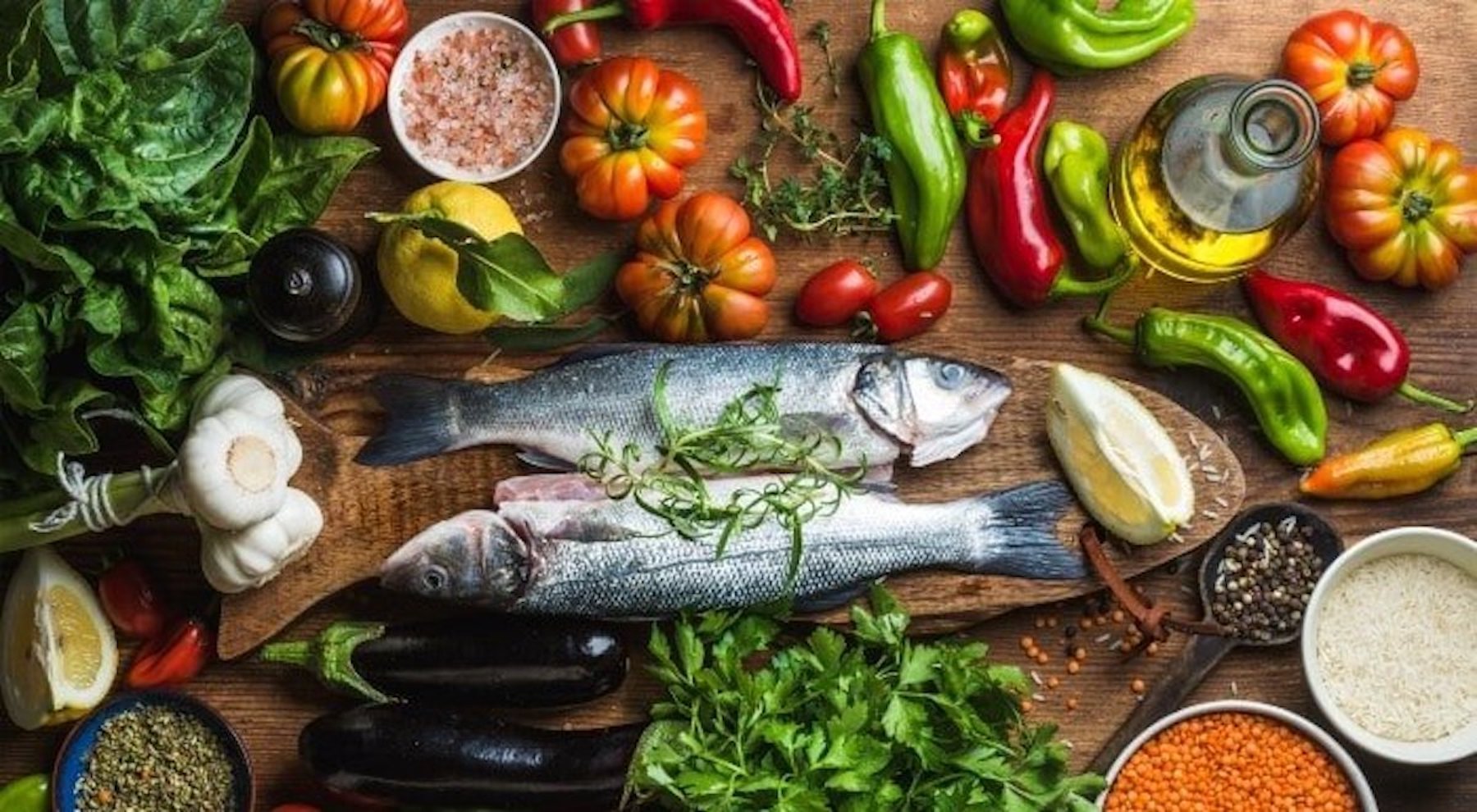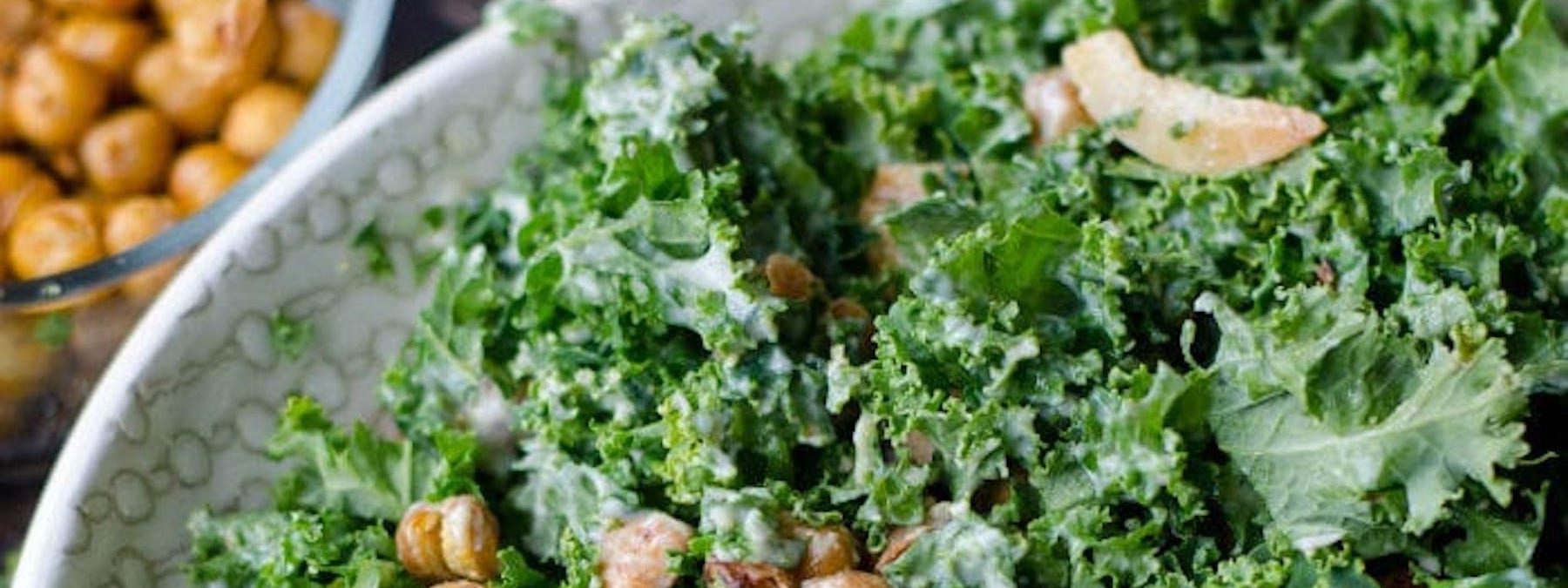- Royston, K. J., & Tollefsbol, T. O. (2015). The epigenetic impact of cruciferous vegetables on cancer prevention. Current pharmacology reports, 1(1), 46-51.
- Roberts, J. L., & Moreau, R. (2016). Functional properties of spinach (Spinacia oleracea L.) phytochemicals and bioactives. Food & function, 7(8), 3337-3353.
- Yang, B., & Kortesniemi, M. (2015). Clinical evidence on potential health benefits of berries. Current Opinion in Food Science, 2, 36-42.
- Bowen, K. J., Harris, W. S., & Kris-Etherton, P. M. (2016). Omega-3 fatty acids and cardiovascular disease: are there benefits?. Current treatment options in cardiovascular medicine, 18(11), 1-16.
- Tsai, Chia-Wen, Haw-Wen Chen, Le-Yen Sheen, and Chong-Kuei Lii. “Garlic: Health benefits and actions.” BioMedicine 2, no. 1 (2012): 17-29.
- Kim, Y., Keogh, J. B., & Clifton, P. M. (2017). Benefits of nut consumption on insulin resistance and cardiovascular risk factors: multiple potential mechanisms of actions. Nutrients, 9(11), 1271.
- Kerimi, A., & Williamson, G. (2015). The cardiovascular benefits of dark chocolate. Vascular pharmacology, 71, 11-15.
- Sinija, V. R., & Mishra, H. N. (2008). Green tea: Health benefits. Journal of Nutritional & Environmental Medicine, 17(4), 232-242.
- Bhuyan, D. J., Alsherbiny, M. A., Perera, S., Low, M., Basu, A., Devi, O. A., … & Papoutsis, K. (2019). The odyssey of bioactive compounds in avocado (Persea americana) and their health benefits. Antioxidants, 8(10), 426.

Om du når dina makros och får i dig tillräckligt med protein och grönsaker varje dag kanske du är en av dem som tänker att kosten inte kan bli bättre? Men tänk om du kunde förbättra den ännu mer? Låt oss presentera: Superfood.
Att fokusera på livsmedel med bevisade hälsofrämjande fördelar är ett sätt att maximera din måltidsplaner och din hälsa. Så, i den här artikeln tar vi och bryter ned vad superfood egentligen är och ger dig några alternativ att lägga till på shoppinglistan den här veckan.

Vad är superfood?
Själva termen superfood har faktiskt inte regleras med någon standarddefinition, men den hänvisar ofta till livsmedel som har specifika hälsofördelar och funktioner. Vi vet alla att frukt, grönsaker och hälsosamma fetter är bra för att oss lägga till i vår vardagliga kost, men vilka av dem har tydliga hälsofördelar?
Undersökningar av mikronäringsämnen: vitaminer, mineraler och antioxidanter har ofta visats ge stora hälsofördelar på en cellulär nivå.
Vilka är vanliga superfoods?
Korsblommiga grönsaker
Du kanske redan inkluderar grönsaker som blomkål, kål, broccoli och brysselkål i din kost eftersom de har ett lågt kaloriinnehåll, mycket fibrer och är goda. Men visste du att de också räknas som superfood? De här grönsakerna innehåller kraftfulla vitaminer och mineraler som folat, vitamin A, C och K och fytokemikalier som kan hjälpa till att minska inflammationer.1
Spenat
Spenat en näringstät superfood som ger en mängd olika hälsofördelar. Det är bra i sallader, kokta eller tillsättas i en smoothie.
Spenat är rikt på fibrer, magnesium, kalium och järn och innehåller också protein. Det är packat med Vitamin K, Vitamin A och Vitamin C. Forskning visar att spenat kan skydda celler från oxidativ skada, förhindrar inflammation och hjälper till med viktminskning.2
Bär
Bär är ofta ett populärt fruktval när man försöker gå ner i vikt, minska sockerintaget eller dra ner på kolhydrater. De är naturligt söta och goda och har ofta minder kolhydrater per gram än andra frukter.
Bär är fyllda med vatten, fibrer och antioxidanter vilket leder till hälsofördelar som minska inflammation, förebygga hjärthälsan, ett hälsosamt åldrande och tarmhälsan.3 Undersökningar visar att fördelarna med bär är ännu större när kroppen är i en metabolisk stress (t.ex. vid intensiva träningspass).3
Fet fisk
Lax, sill och makrill anses vara superfood tack vare deras höga omega-3 fleromättade fettsyrainnehåll. Dessa fiskar innehåller mycket eikosapentaensyra (EPA) och docosahexaensyra (DHA). EPA och DHA har visat sig ha goda hälsofördelar och experter rekommenderar att man äter minst två portioner fet fisk varje vecka.
Vitlök
Vitlök är en huvudingrediens i många saltare rätter, you kanske till och med tycker att en del människor insisterar på att använda alldeles för höga doser av vitlök när de försöker bekämpa sjukdom. När man ser det som ett örtmedel har vitlök använts i århundraden för att behandla infektioner. Nyare forskning stöder också dess hälsofördelar för hjärtat.5
Nötter och fröer
Nötter och fröer är allmänt kända för sina fördelar, särskilt hjärthälsofrämjande fördelar.6 De individuella näringsprofilerna hos nötter och fröer varierar, men de innehåller alla mycket fibrer, vitaminer och mineral som stöttar den allmänna hälsan. Utöver detta är de också en tillfredsställande källa till hälsosamma fetter.
Mörk choklad
Nyheten om att mörk choklad faktiskt kan vara bra för hälsan kan vara en av de mest spännande vetenskapliga upptäckterna under 1900-talet.
Mörk choklad innehåller antioxidanter tack vare kakaoinnehållet, det kan vara fördelaktigt för hjärthälsan. Samtidigt som choklad också innehåller fett och socker (vilket inte är så bra för hälsan), så innnehåller mörk choklad en högre procent av kakao och mindre fett och socker för maximala hälsofördelar.7 Försök att välja en choklad med 70% kakao eller mer.
Grönt te
Trots att de flesta typer av te innehåller kraftfulla växtbaserade föreningar, är grönt te en särskilt populär superfood som är fylld med polyfenoler, som är ansvariga för dess hälsofördelar.
Grönt te innehåller antioxidanter som har skyddande hälsofördelar och kan användas som en nootropika för att underlätta fokus, energi och viktminskning.8 Du kan dricka en traditionell varm kopp te, testa det som matchapulver eller mixa ner lite i din proteinshake.
Avokado
Avokado är en väldigt god källa till hälsosamma fetter. Men, visste du att avokado också innehåller höga halter av protein och fettlösliga vitaminer. Fettlösliga vitaminer är viktiga för din hälsa och absorberas bäst med en källa av hälsosamt fett, som avokado.
Förutom att stödja hjärthälsa kan avokado i din kost också hjälpa till att förhindra åldersrelaterad sjukdom. Avokado är också populärt i skönhetsprodukter för sina återfuktande oljor, vilket gör att din hud får mer lyster.
Att ta med sig
Medan de hälsosammaste kostmönstren innehåller ett brett utbud av livsmedel för att variera ditt näringsintag, är dessa nio supermatar i din veckovisa måltidsplan ett bra sätt att gynna din hälsa.
Även om dessa livsmedel inte har magiska eller omedelbara effekter är de ett bra sätt att ta kontroll över en hälsosammare övergripande kost och livsstil, och de är dessutom goda!
Tyckte du om den här artikeln?
LÄS DE HÄR ARTIKLARNA HÄRNÄST:

8 veganska PWO-mål som är vetenskapligt bevisade
Plantpower för att pressa dig ytterligare under träningspassen.

Vad är Medelhavsdieten? | Matlista & måltidsplan för 1 dag
Ta reda på fördelarna med Medelhavsdieten!

10 bästa vitaminerna och tillskotten för energi
Somnar du vid skrivbordet? Vi finns här för att hjälpa dig.









